Catalan Sheepdog
The Catalan Sheepdog is a Spanish dog breed that has been working with Spanish farmers for centuries, helping them herd and guard their flocks. This breed had a near extinction call a few times, and breed lovers and enthusiasts had to work hard to save them.
The Catalan Sheepdog is slowly regaining its former popularity but in a slightly different role. They were a popular working breed, and these days they are mostly family pets. Their popularity is rising because of their playfulness, intelligence, and good nature. These dogs make wonderful, playful pets that get along extremely well with all family members.
FUN FACT: The Catalan Sheepdog is an excellent detection dog and is often chosen for the role of law enforcement's K9 detection unit.

Height:
18-22 in (45-55 cm)

Weight:
38-55 lb (17-25 kg)

Origin:
Spain

Life Expectancy:
12-14 years
Dog Breed Characteristics
Appearance
There is a rectilinear outline to the Catalan Sheepdog's body, with its back slightly longer than its height. It has a robust head, with a slightly domed front and flat back skull. There is a slight difference in length between the muzzle and skull. Although the lips are not drooping, they are thick enough to conceal large teeth in a powerful jaw. Triangular ears have fringes of hair, and they are set fairly high on the dog's head. Their expressive eyes are round and dark amber in color.
The breed has a short neck and long back, both of which are well-muscled and well-built. The withers and croup must be at the same height, but the latter is often thickly covered in hair, giving the dog the appearance of a back that rises to the rear. These dogs have large chests and tucked-in stomachs. Some dogs have a low-set tail, while others have a long, curly tail.
While the front legs appear lean and vertical when viewed from all angles, there is a noticeable angulation at the junction of the shoulder blade and the upper part of the front legs. The Catalan Sheepdog can gallop quickly, but it prefers to move at a short trot.
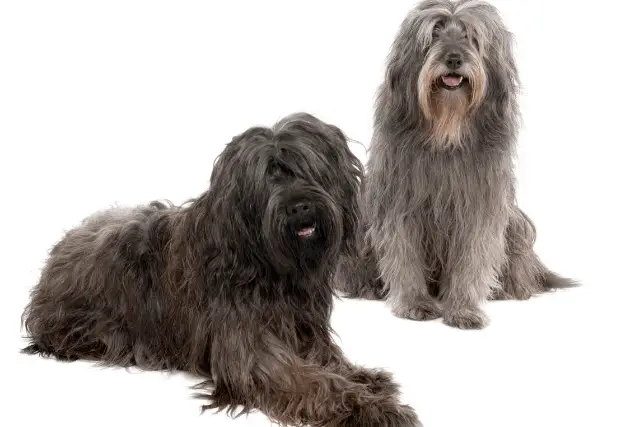
Coat type and color
Long, rough hair with a wooly undercoat covers most of its body, with the back half particularly well developed. The brows and mustaches of the head are well-developed, as are the limbs and the tail. They appear to be colored because of the combination of fawn and red hairs with grey, black, and white hairs in the coats of all Catalan Sheepdogs. The following is a list of the most common shades seen in this breed:
- Fawn
- Sable, White and Black
- Grey and White
- Grey and Black
- Black and Tan
Temperament
As a result, many of the breed's most distinctive traits can be traced back to its working history. Despite its loyalty to its family, it is not a clingy or needy dog; it has a high level of intelligence and a strong sense of self-reliance.
Still, it shows guarding instincts, being wary of strangers, and being quick to protect family members, especially children, if it senses they are in danger. Catalan Sheepdogs are known for their exceptional tenderness and consideration for infants and young children. Although this dog is one of the most docile breeds, it isn't afraid to show its power when necessary, whether for play or protection.
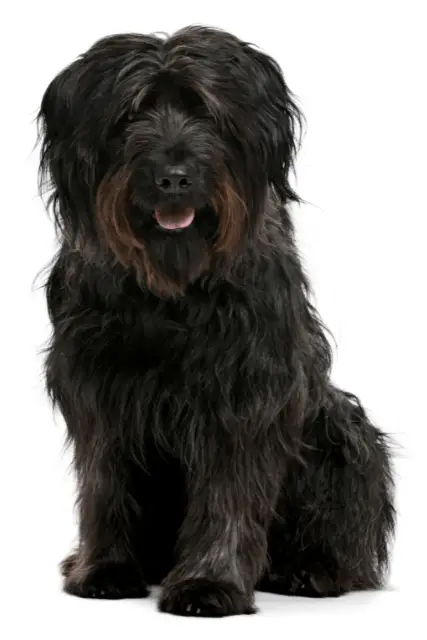
Care guide
The Catalan Sheepdog, like any other dog breed, requires a certain degree of care to remain healthy and to look its best. These dogs might have been bred for work, but these days, they are reasonably active family pets. Here's what Catalan Sheepdog owners need to ensure for their dogs.
Grooming
As one might expect from a dog bred to spend most of its life outdoors, the long coat is easy to care for. In order to maintain its natural weatherproofing, combing the hair two to three times a week is the best method.
It is easy to notice the breed's unusual shedding pattern when shedding season comes. During the shedding process, the Catalan Sheepdog's hair falls out in two phases: first from the front of the body, then from the back.
These dogs will need their ears checked regularly. They have floppy ears covered with fur, creating a warm environment for yeast and bacteria to grow and develop. Clean their ears with dog-safe ear cleaners to prevent ear infections from developing. Brush their teeth at least a couple of times a week and make sure their nails don't become overgrown.
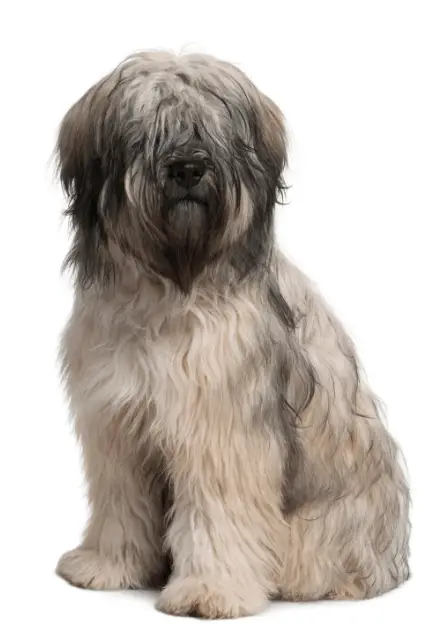
Training
Even inexperienced owners should have no problem training the Catalan Sheepdog. This breed is eager to please and work, making it an excellent student. One potential problem is its tendency to herd children and other pets. This will be manifested as nipping at their heels and feet.
Owners should avoid allowing their dogs to engage in this activity, even if it isn't aggressive, because it can lead to accidental biting.
Exercise needs
A herding dog breed, the Catalan Sheepdog, makes a relatively active pet. There must be ample time outside and a lengthy daily walk to meet the exercise requirements of this dog breed. You can get some extra exercise by training your dog for different dog sports, like obedience or agility.
Socialization
Herding breeds like this one are naturally protective and energetic. That means they need to be properly trained and, what's even more important - socialized. This socialization process should start from the moment the puppy arrives home. Make sure you introduce the puppy to various situations, sights, sounds, people, and dogs. Of course, it's crucial to wait until the puppy is fully vaccinated and your vet gives you the green light.
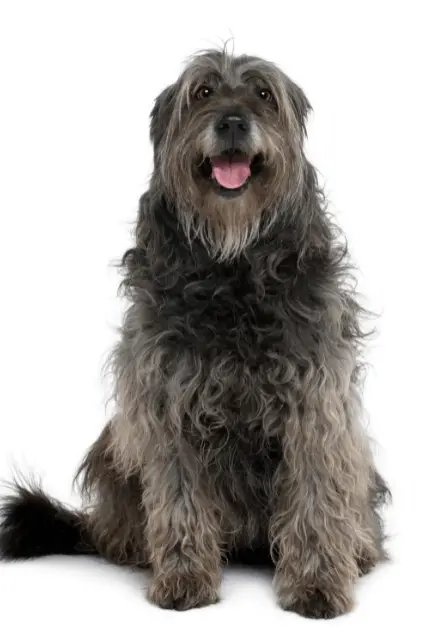
Catalan Sheepdog and kids
All of the qualities you'd look for in a family dog are present in Catalan Sheepdogs. Loyal, protective, and incredibly sweet and gentle with children, they are adaptable to a wide range of living situations and environments.
Catalan Sheepdogs and other pets
As long as they're properly socialized, Catalan Sheepdogs aren't likely to show signs of aggression toward other dogs. The herding instincts of these dogs may get the better of them, and you can expect to see them trying to herd your cat or small children around the house! If it's done gently, it's rarely aggressive toward other animals, but it's not unheard of.
Health
A healthy and hardy breed, the Catalan Sheepdog's inherited health conditions are unknown due to the breed's relative rarity. Their lifespan is 12 -14 years, and the only serious issue is hip dysplasia.
- Hip dysplasia - This condition is caused by the improper formation of the hip joint. It can cause lameness in the dog's hind legs, and dogs with severe conditions should be excluded from breeding.
Catalan Sheepdog breeders
Once you have researched the breed and decided this is the right choice for you and/or your family, it is time to find a responsible Catalan Sheepdog breeder. However, this is a fairly rare dog breed, and you should know that most breeders are located in Spain - the breed's country of origin. Make sure to contact a reputable breeder because they can provide you with a healthy puppy. In the end, that is the most important thing.
SEARCH CATALAN SHEEPDOG BREEDERS
World Dog Finder team

Updated at31.08.2023.
Breed History
Since the Catalan Sheepdog was developed long before it was common to keep written records, the breed's history is incomplete. Many modern Mastiff breeds can trace their ancestry back to the Romans. They used two distinct dog types: a large, aggressive protection dog and a smaller, herding dog. Catalan Sheepdog and Bergamasco are thought to be descendants of the latter. The two breeds appear to have a lot in common in terms of appearance and behavior. Still, there isn't enough evidence to back up this theory at this time.
According to legend, two dogs owned by Emperor Charlemagne went on a love-filled journey across Europe, sowing their wild oats and producing long-haired offspring that resembled the Briard. There is, of course, even less evidence to support this version of events.
From the Middle Ages onward, the Catalan Sheepdog became the indispensable companion of Catalan sheep farmers. Its versatility and amiable personality made it a constant presence in the region. During World War II and the Spanish Civil War, it served as a messenger dog. After decades of declining numbers, the Catalan Sheepdog breed was nearly extinct by the 1970s as a result of a changing agricultural landscape. At that point, there weren't enough pedigrees left on the region's dispersed farms to sustain further breeding.
Because a group of breeders came together to buy the remaining dogs, a breeding program could finally get underway. There has been an increase in the numbers of the Catalan Sheepdog, but it is still an extremely rare breed because of the small average litter size of three to four pups. In 2009, the Kennel Club granted full recognition to the breed, and since then, the number of new entrants has been in the double digits.
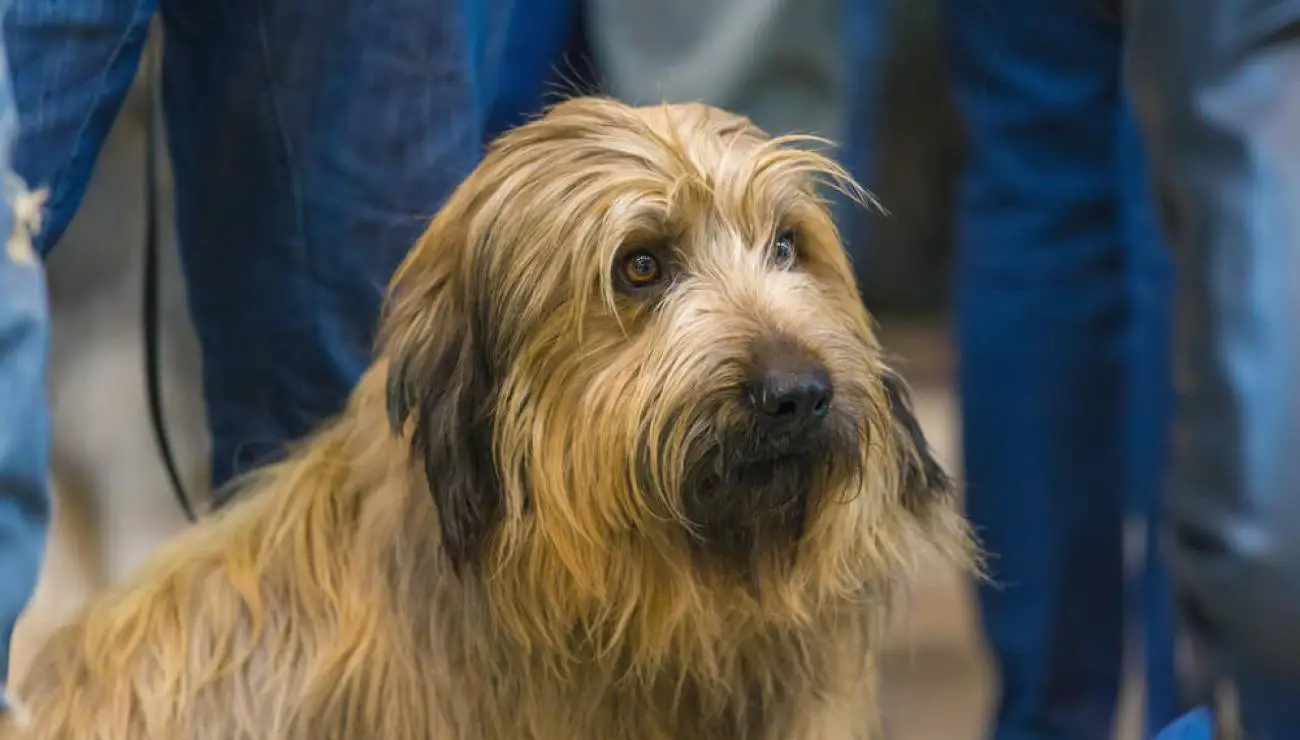
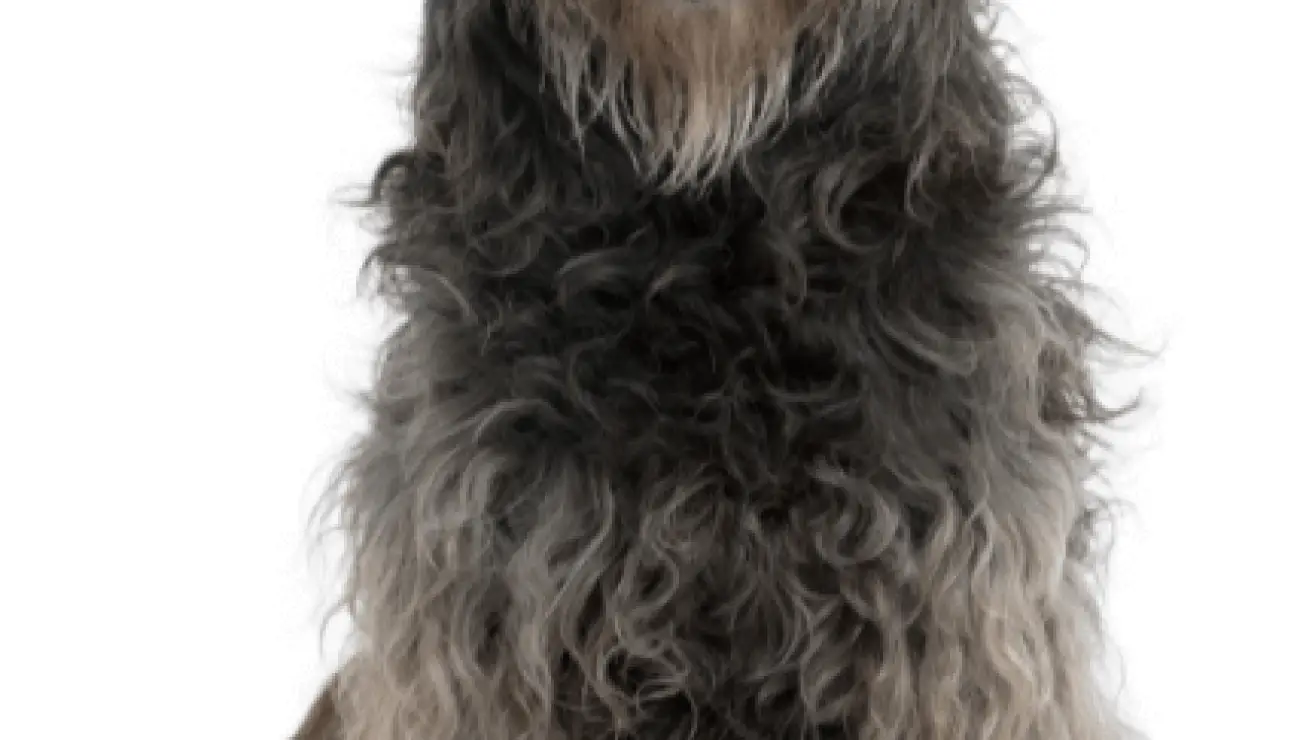
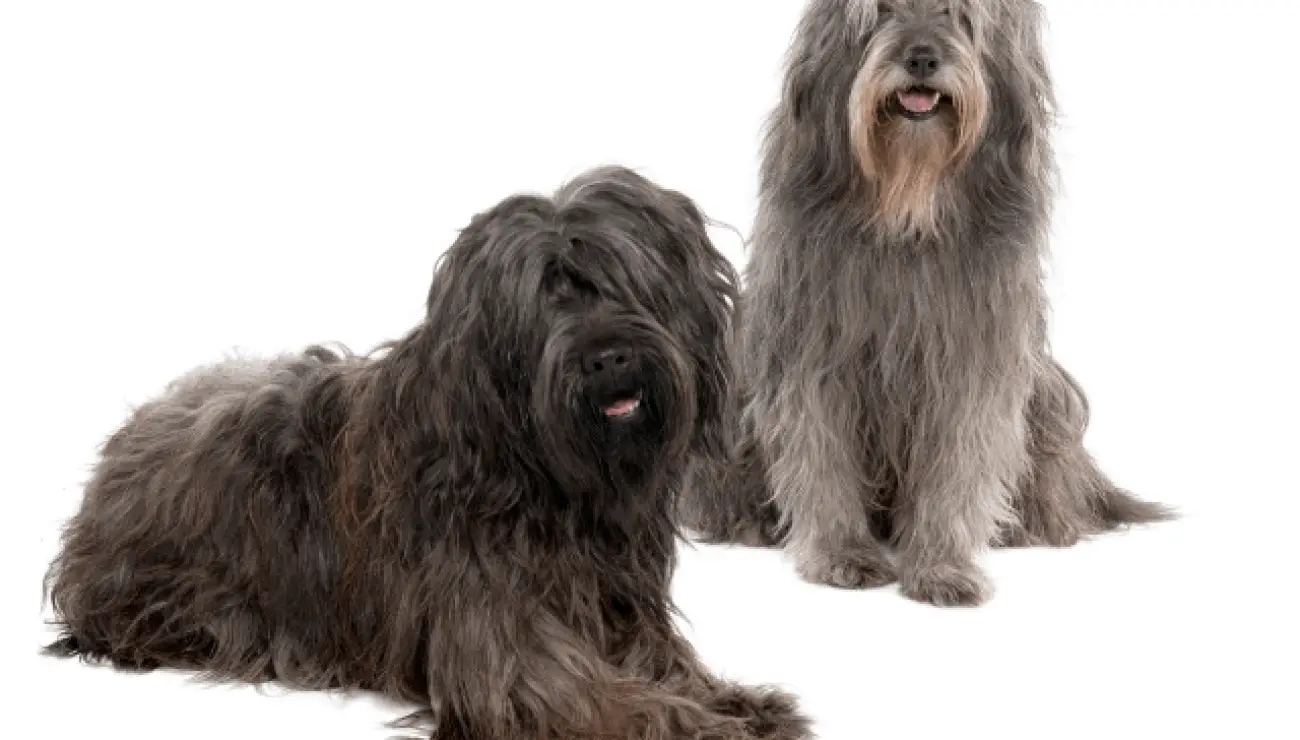
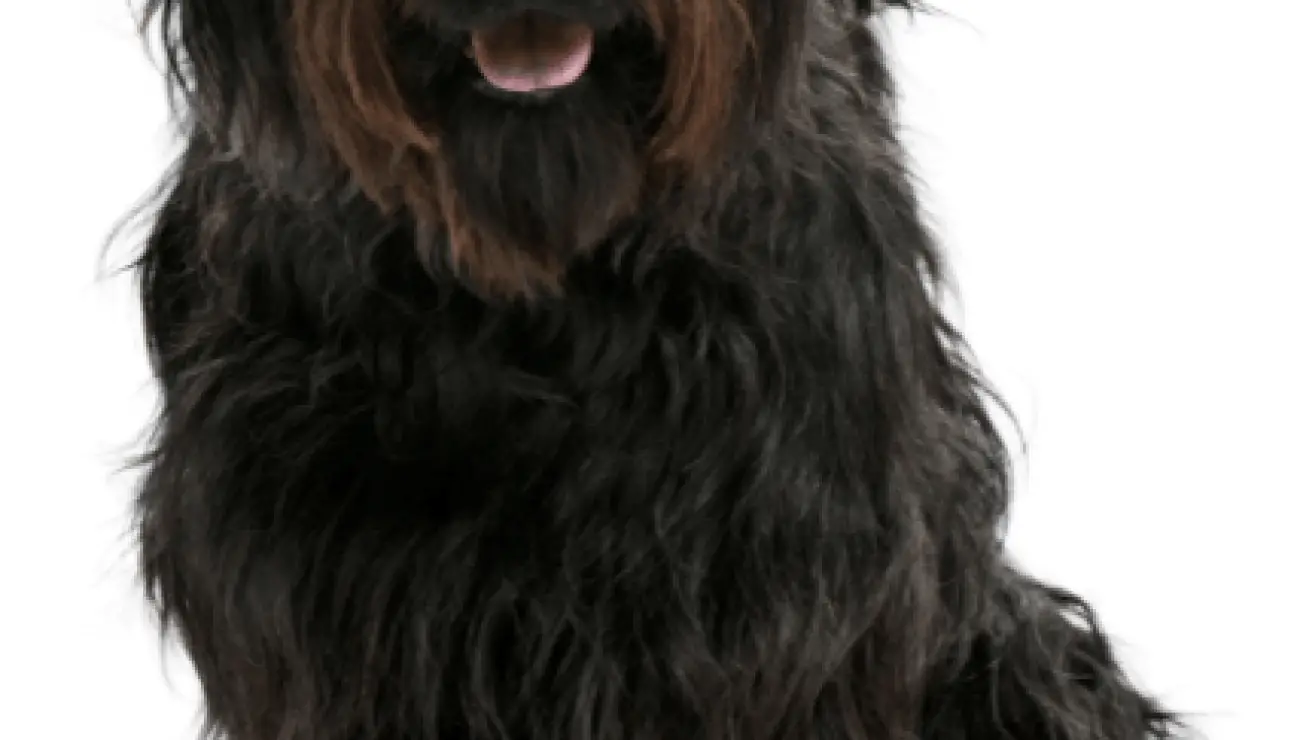
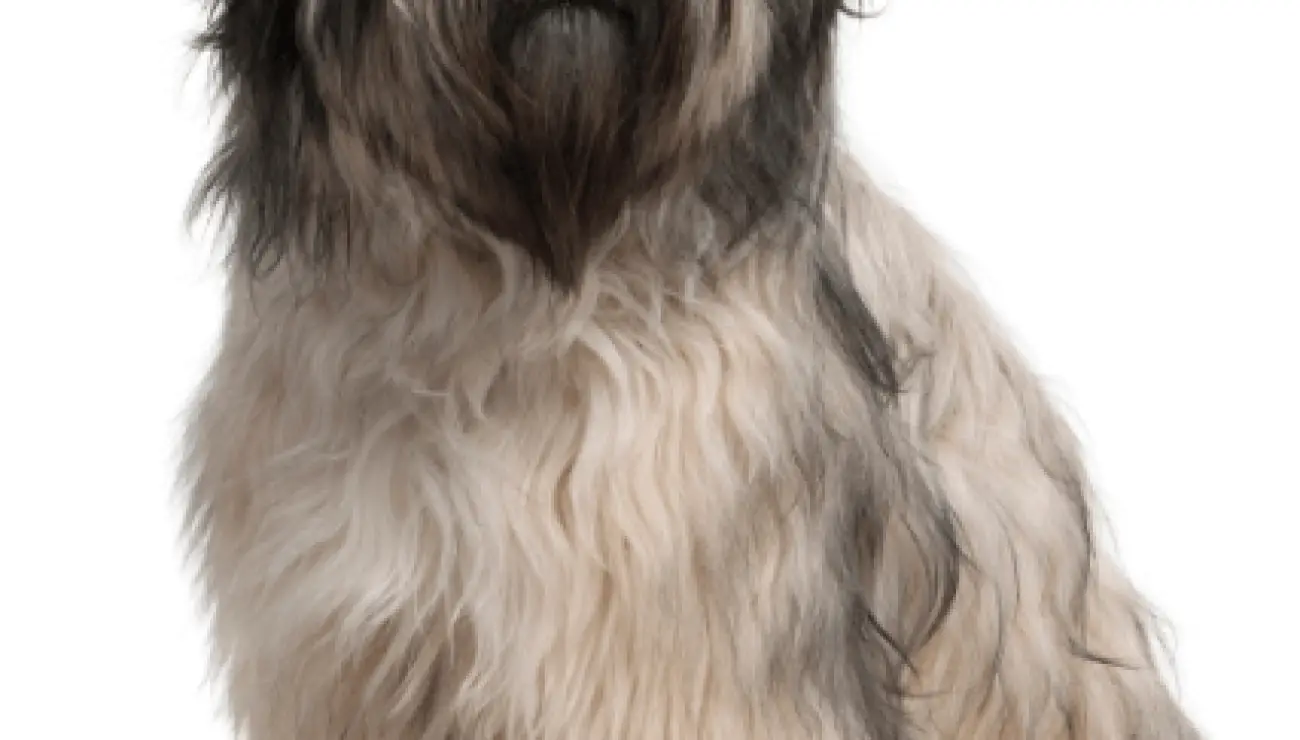

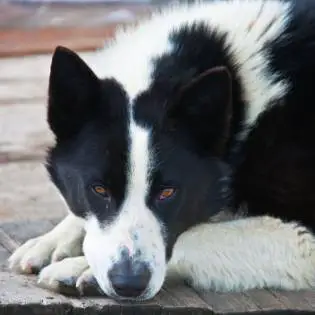
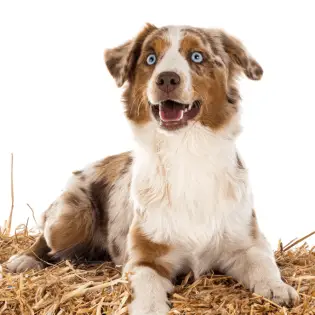
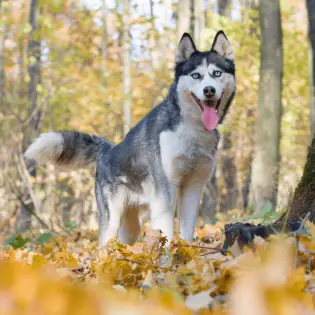
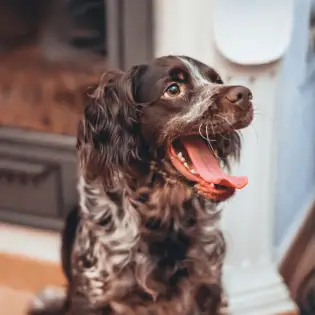

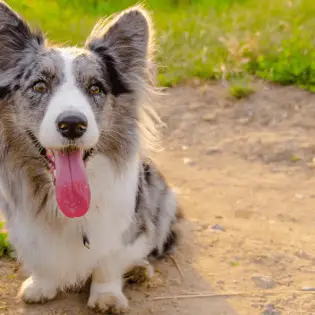
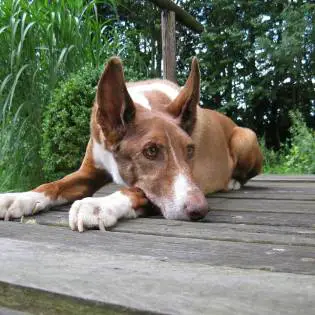
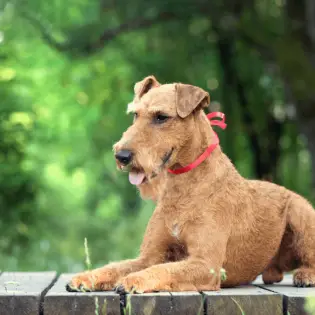
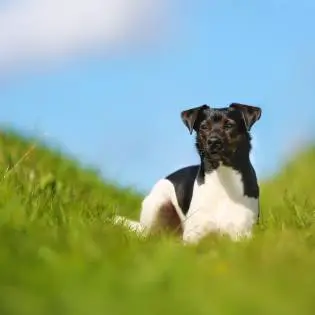

Share